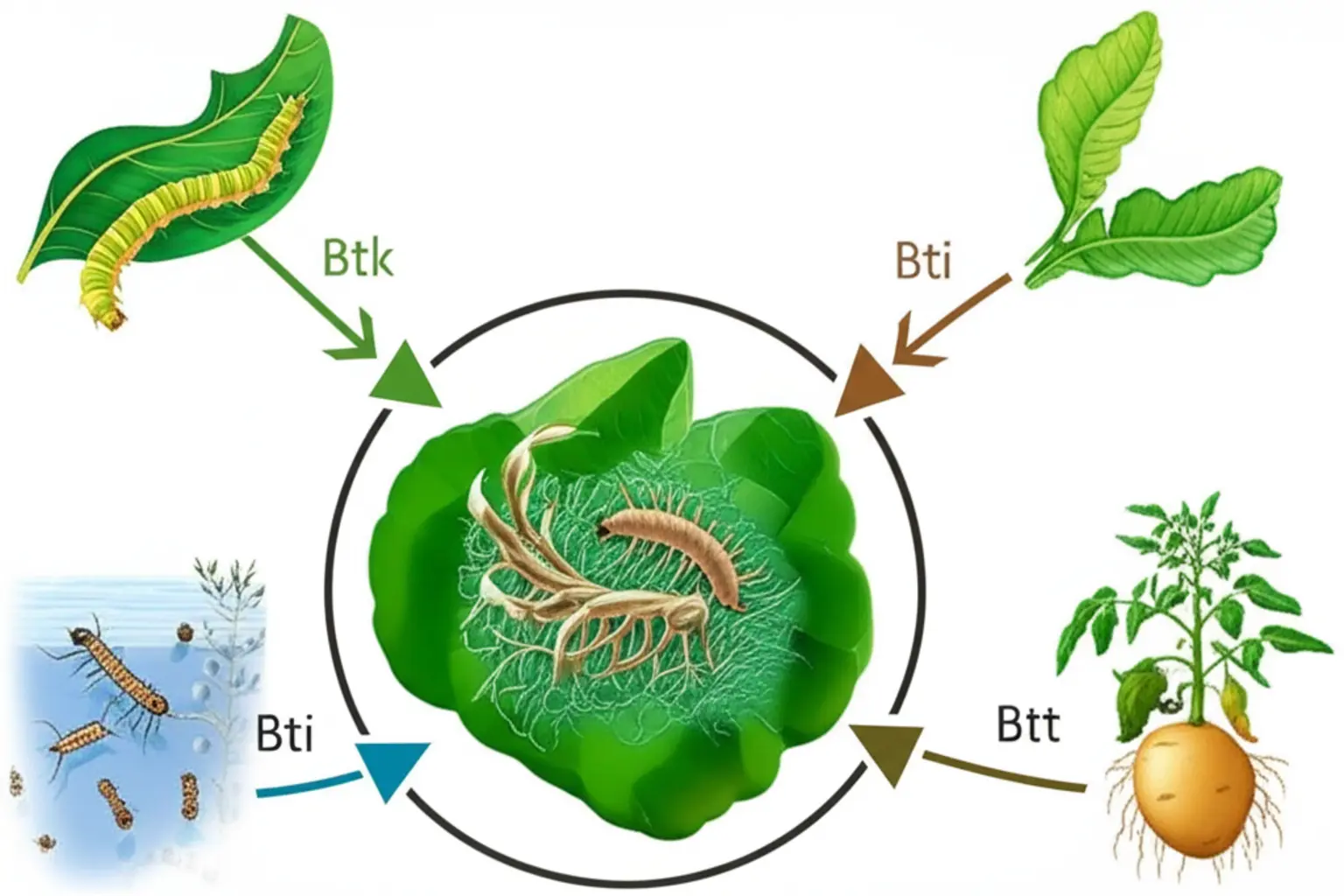For commercial investigators evaluating biological insecticides in 2025, understanding the landscape of bacillus thuringiensis products is crucial. This guide cuts through marketing claims to provide a data-driven analysis of the most effective Bt solutions available today. We delve into key strains, formulation differences, and target pest specificity, equipping you with the expert knowledge needed to identify top-tier products. Our focus remains on performance, value, and real-world application results to inform your commercial reviews and recommendations.
1. Understanding Bacillus thuringiensis (Bt)
Updated for 2025, Bacillus thuringiensis (Bt) is a naturally occurring bacterium found in soil, a cornerstone for modern organic gardening. Think of it as a microscopic ally working to protect your plants. When you use Bacillus thuringiensis products, you’re not spraying a harsh chemical. Instead, you’re introducing a precise biological agent. The process is fascinating: when a target insect larva (like a cabbage looper) eats a leaf treated with Bt, specific proteins in the bacterium called Cry proteins activate in the larva’s alkaline gut. These proteins essentially paralyze the larva’s digestive system, causing it to stop feeding and die within a couple of days. This specificity is why Bt is so valued. It is harmless to humans, pets, and beneficial insects like bees and earthworms, which you might encounter while working the soil with the
best hand cultivators. This makes it a safe and effective choice for integrated pest management.
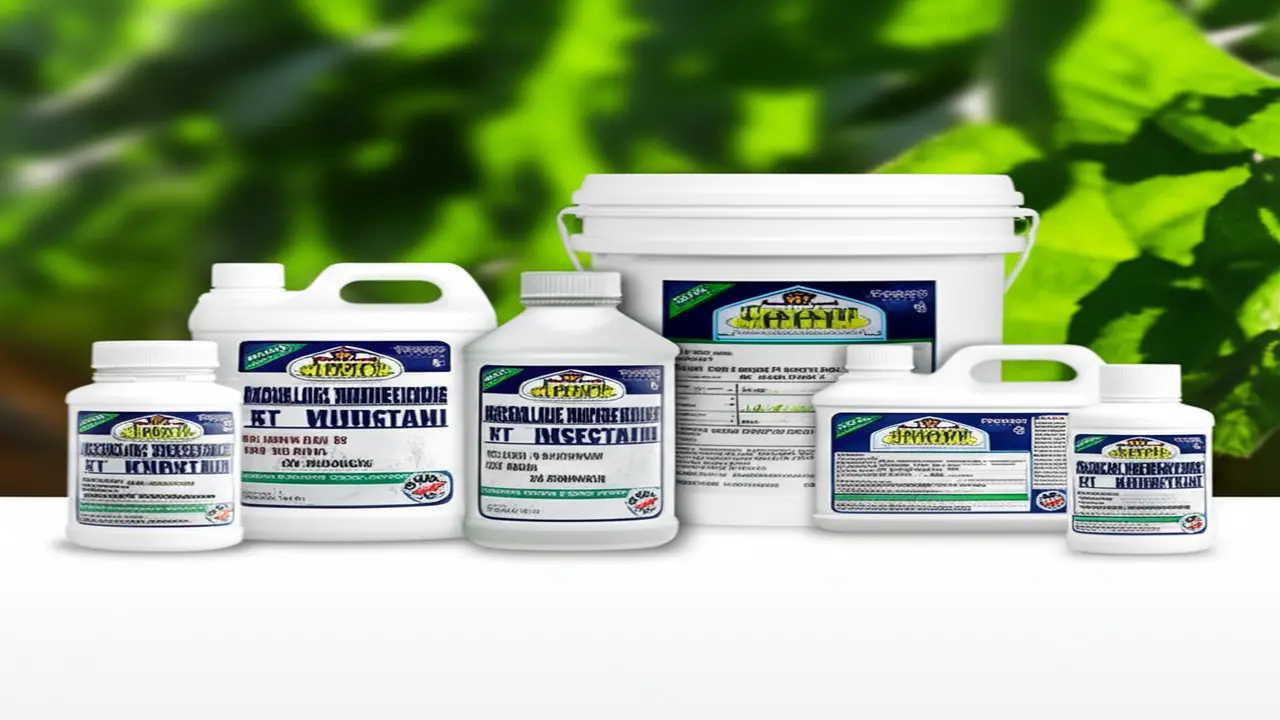
2. Overview of Commercially Available Bt Products
As of 2025, a gardener’s success with Bacillus thuringiensis products hinges on choosing the correct subspecies for the specific pest problem. It’s not a one-size-fits-all solution. The market primarily offers products based on three distinct Bt varieties, each targeting different insect orders.
* Bt kurstaki (Btk): This is the most common variety, exclusively targeting the larvae of Lepidoptera (moths and butterflies). It is highly effective against common garden enemies like cabbage loopers, tomato hornworms, and gypsy moth caterpillars.
* Bt israelensis (Bti): This strain is your go-to for controlling the larval stages of Diptera, specifically mosquitoes, blackflies, and fungus gnats. It is invaluable for treating standing water or combating fungus gnat infestations in houseplant soil.
* Bt tenebrionis (Btt): A more specialized variety, Btt is used to manage the larval stages of certain Coleoptera (beetles), most notably the Colorado potato beetle.
These targeted solutions are available in various formulations such as wettable powders, liquid concentrates for spraying onto foliage, and granular forms. Granular products are particularly useful for soil or water applications, and preparing the soil with one of the best hand cultivators can help ensure even distribution.
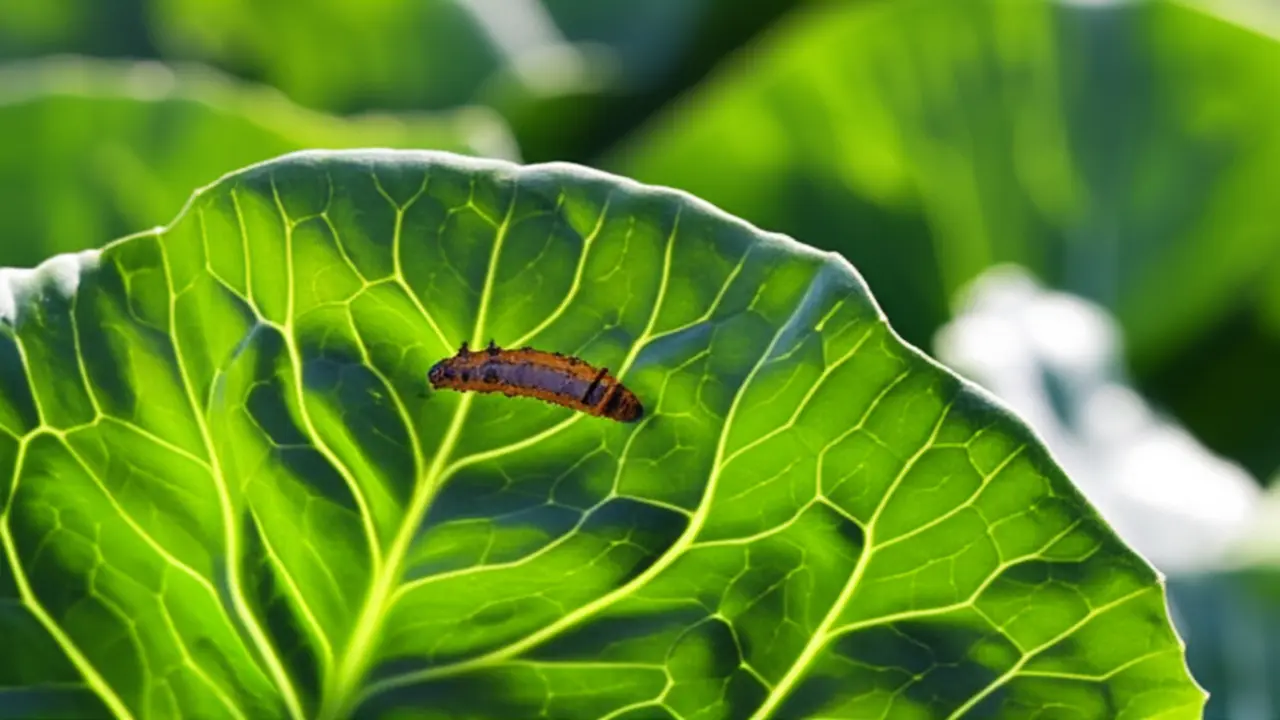
3. Target Pests and Their Control
Understanding which of the many Bacillus thuringiensis products to use is crucial, as each strain targets specific pest groups with high precision. Using the right type ensures effectiveness and protects beneficial insects. As of 2025, these formulations offer a reliable organic solution for targeted pest management.
* Caterpillars (Lepidoptera): The Btk (kurstaki) strain is the most common and is lethal to the larvae of moths and butterflies. It effectively controls destructive garden pests such as cabbage worms, tomato hornworms, corn earworms, and codling moths. When caterpillars ingest the Btk protein, it paralyzes their digestive system.
* Mosquito and Fungus Gnat Larvae: The Bti (israelensis) strain targets the larvae of mosquitoes, blackflies, and fungus gnats. It is applied to standing water in ponds, birdbaths, or gutters to kill mosquito larvae before they mature. It is also mixed into soil to manage fungus gnat infestations in houseplants.
* Beetle Larvae (Coleoptera): The Btt (tenebrionis) strain is used to control the larvae of specific beetles, most famously the Colorado potato beetle. For best results, it must be applied while the larvae are young and actively feeding. Combining this with good garden practices, such as clearing debris where adults hide and turning soil with one of the best hand cultivators to expose pupae, enhances control.
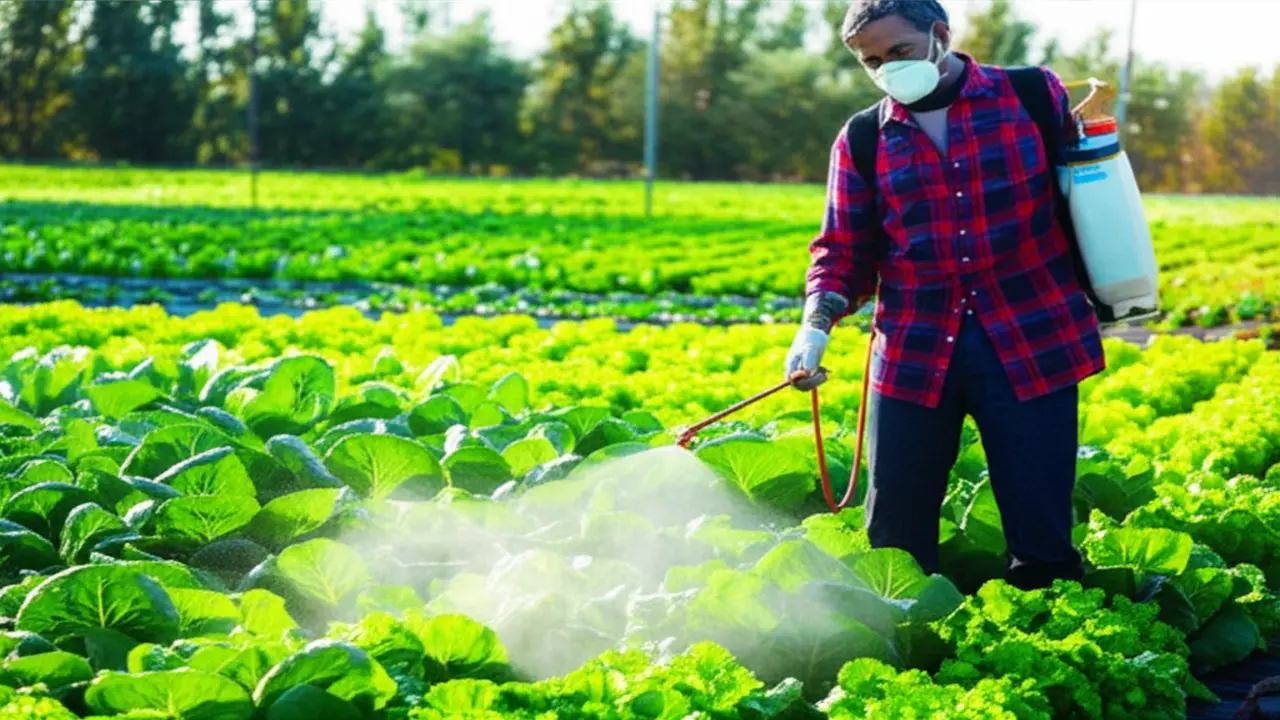
4. Application Methods and Best Practices
To maximize the effectiveness of bacillus thuringiensis products in 2025, your application strategy must be precise. The method depends entirely on the target pest’s habitat and feeding habits.
– Foliar Sprays: This is the go-to method for leaf-eating caterpillars like tomato hornworms or cabbage loopers. Use a sprayer to thoroughly coat all plant surfaces, paying special attention to the undersides of leaves where young larvae often hide and feed.
– Soil Drenches: For pests living in the growing medium, such as fungus gnat larvae, a soil drench is necessary. Mix the appropriate Bt strain (like Bti) with water and evenly saturate the soil. Gently aerating the topsoil with a tool like one of the best hand cultivators can improve solution penetration.
Timing is non-negotiable. Apply treatments late in the afternoon or on an overcast day, as Bt degrades in direct sunlight. It is crucial to apply when pests are in their early larval stages and are actively feeding. Reapply every 7-10 days or after heavy rain for consistent control.
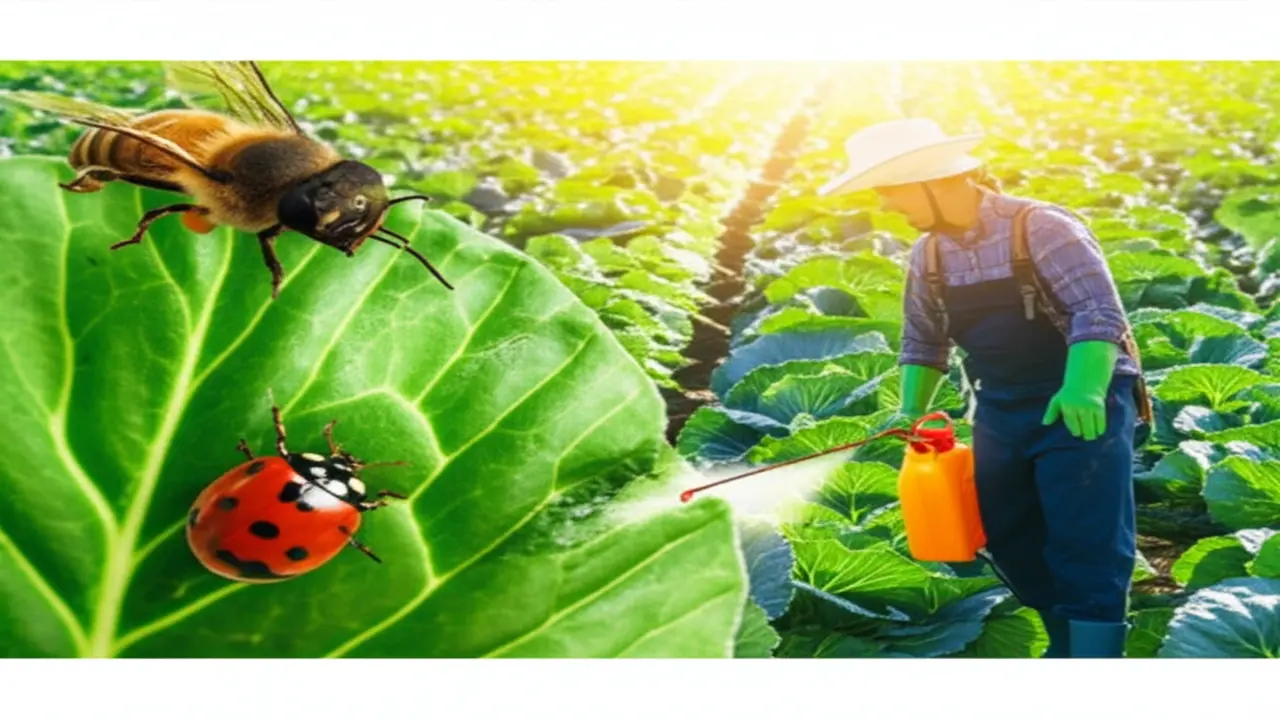
5. Safety and Environmental Considerations
When considering pest control in 2025, the safety profile of any product is paramount. Bacillus thuringiensis products stand out due to their remarkable specificity. Unlike broad-spectrum chemical insecticides that can harm a wide range of organisms, Bt targets specific insect larvae. For instance, the kurstaki strain only affects caterpillars, leaving crucial pollinators like bees, beneficial predators such as ladybugs, and other wildlife unharmed. This targeted approach is a cornerstone of modern, eco-conscious gardening. From an environmental standpoint, Bt’s impact is minimal. It biodegrades rapidly in sunlight and soil, preventing the long-term residue buildup associated with synthetic alternatives. This low ecological footprint ensures your garden remains a healthy ecosystem. Consequently, most bacillus thuringiensis products are OMRI (Organic Materials Review Institute) listed, making them a trusted choice for certified organic gardening and a key component in Integrated Pest Management (IPM) programs. It allows you to manage pests effectively while preserving the natural balance of your garden.
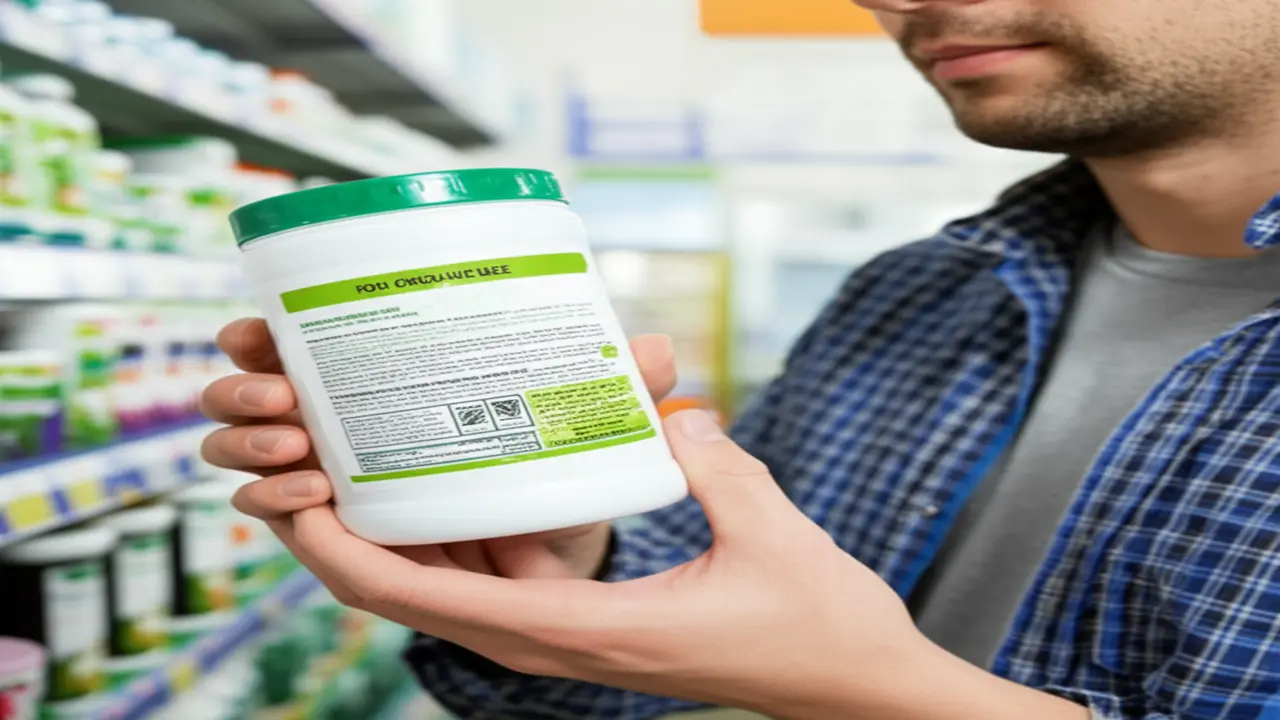
6. Purchasing and Regulatory Information
As of 2025, finding the right *Bacillus thuringiensis* products is straightforward, as they are widely available through various channels. You can purchase them from online giants like Amazon, specialized gardening e-commerce sites, or physical locations such as local garden centers and agricultural supply stores. Once you have the product, consider the label your most critical guide. It provides essential information on which specific Bt strain it contains (e.g., *kurstaki* for caterpillars, *israelensis* for mosquitoes), the correct application rates, and vital safety precautions. Before application, especially for granular formulas, preparing the soil surface is key. Using a tool from our list of the
best hand cultivators can help work the product into the topsoil effectively. Always check for regulatory information. In the U.S., these biopesticides are regulated by the Environmental Protection Agency (EPA), and an EPA registration number should be on the label. For organic gardeners, look for the OMRI (Organic Materials Review Institute) Listed seal, which certifies the product for use in organic agriculture.
7. Comparative Guide to Bt Products
Updated for 2025, it is vital to understand that not all Bacillus thuringiensis products are created equal. Selecting the correct subspecies is the key to effective and targeted pest control, ensuring you address your specific problem without impacting the broader ecosystem. Each strain has a unique specialty, working on a narrow range of pests. This targeted approach is what makes Bt a preferred biological insecticide for knowledgeable gardeners.
* Bt kurstaki (Btk): This is the go to solution for caterpillar pests (Lepidoptera). If you have issues with tomato hornworms, cabbage loopers, or codling moths in your vegetable patch or orchard, Btk is your best choice. It must be ingested by the larvae, so apply it thoroughly to the leaves they are feeding on.
* Bt israelensis (Bti): This variety is a champion for controlling the larvae of mosquitoes, fungus gnats, and blackflies. It is perfect for treating standing water in ponds, bird baths, and water barrels, as it is harmless to fish, birds, and other wildlife.
* Bt tenebrionis (Btt): Specifically targets the larvae of certain beetles, most notably the Colorado potato beetle. Using this for potato crops ensures you are only targeting the pest, leaving beneficial insects unharmed. Preparing the soil with one of the best hand cultivators can sometimes help in managing soil dwelling larvae.






